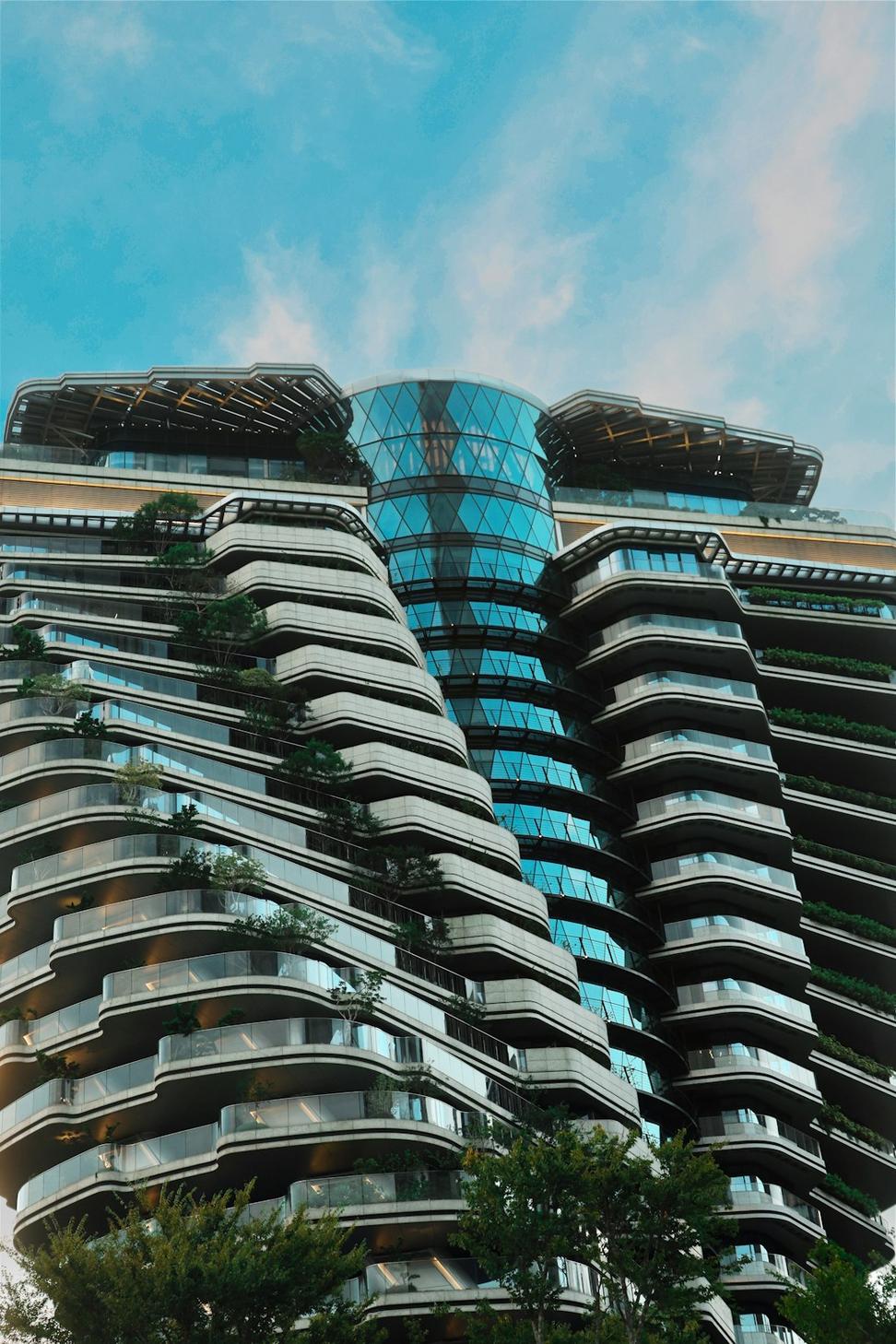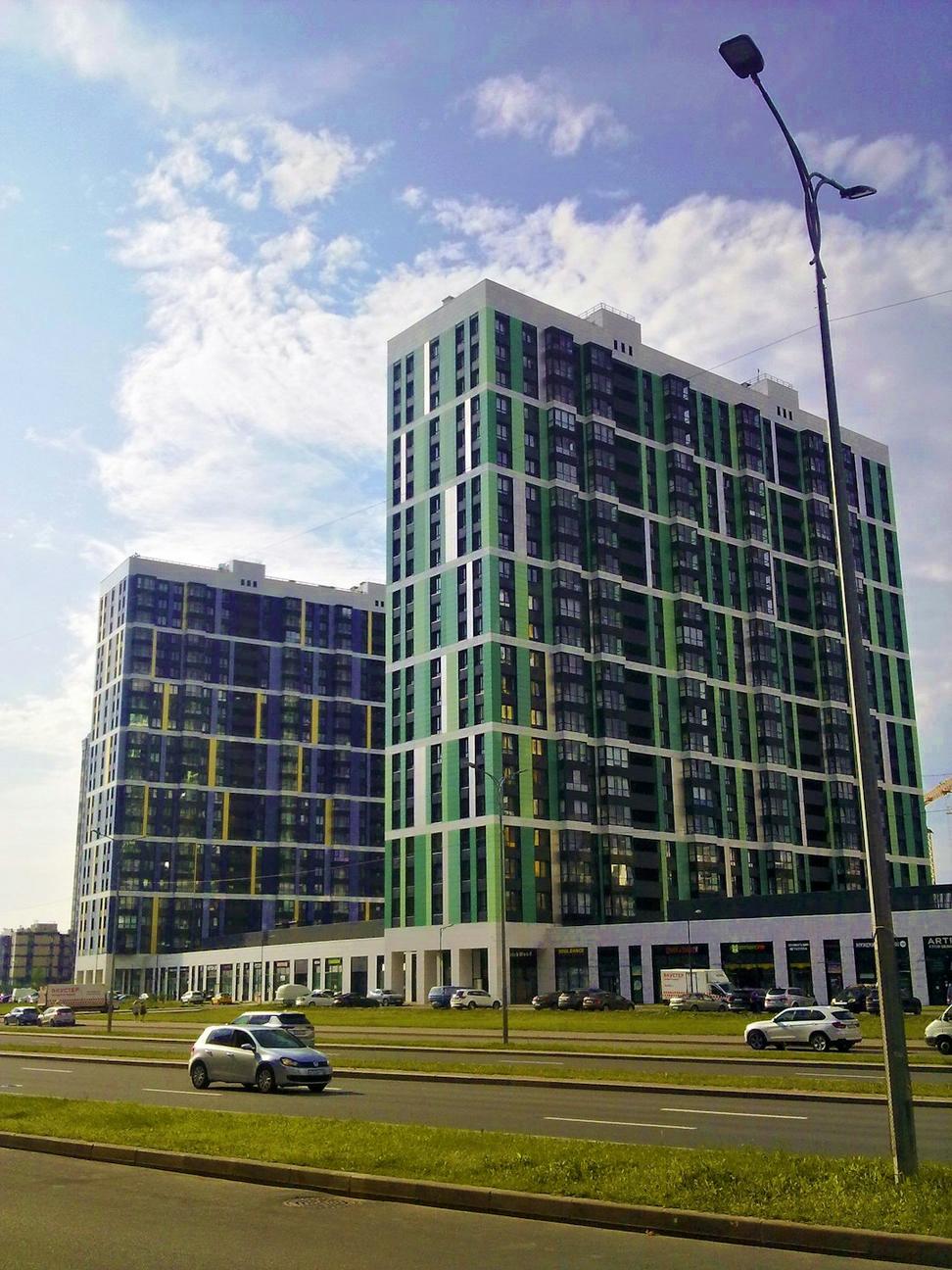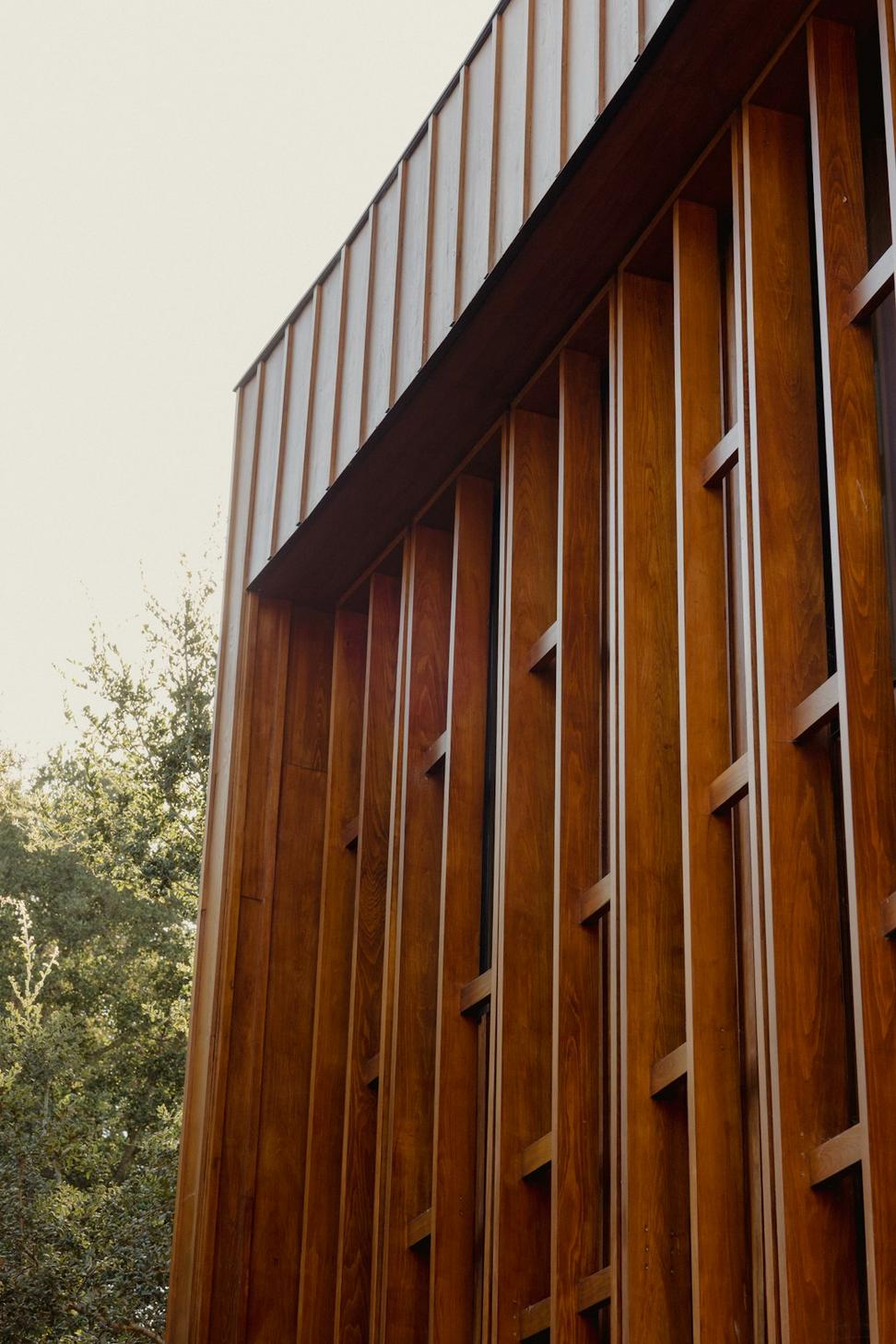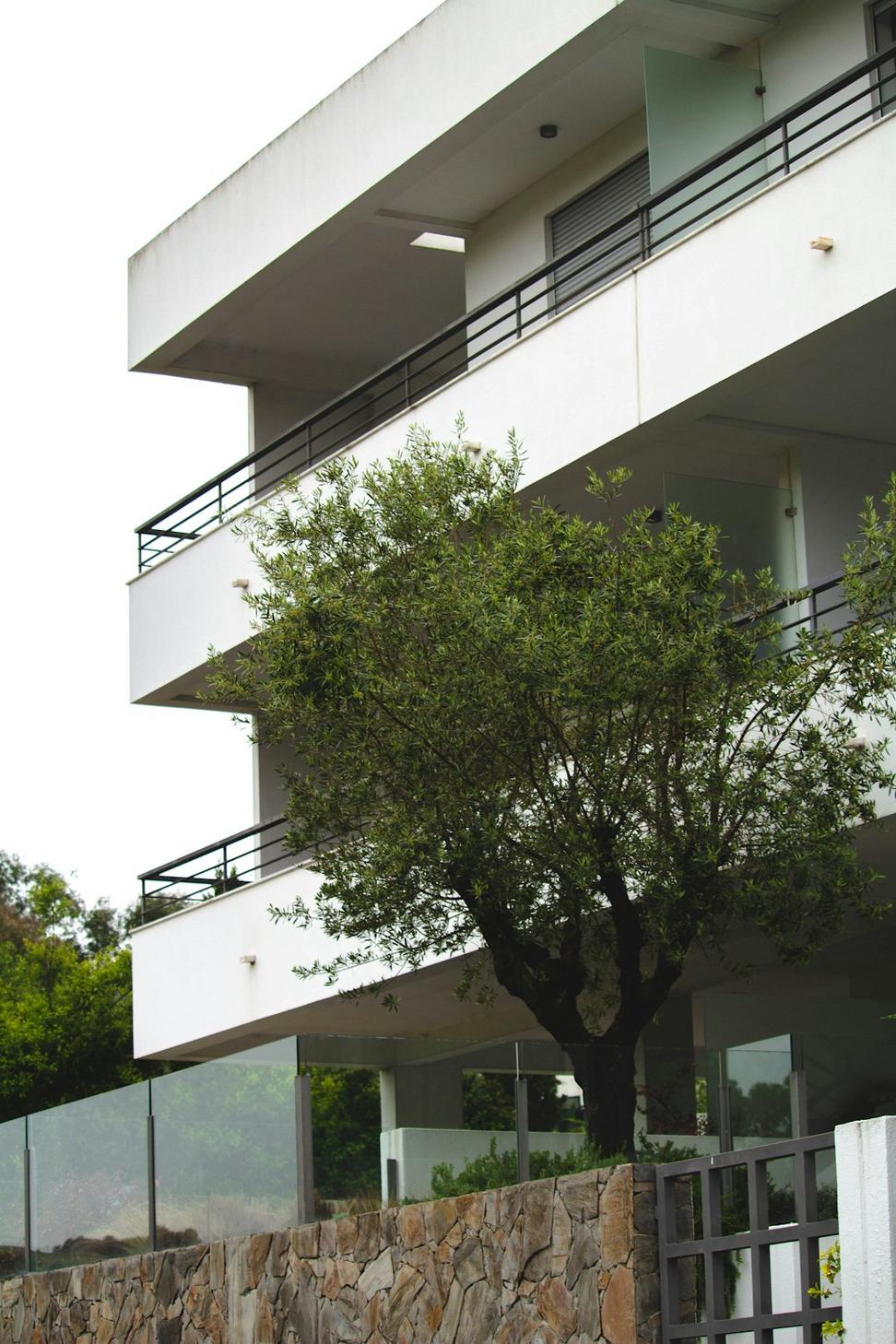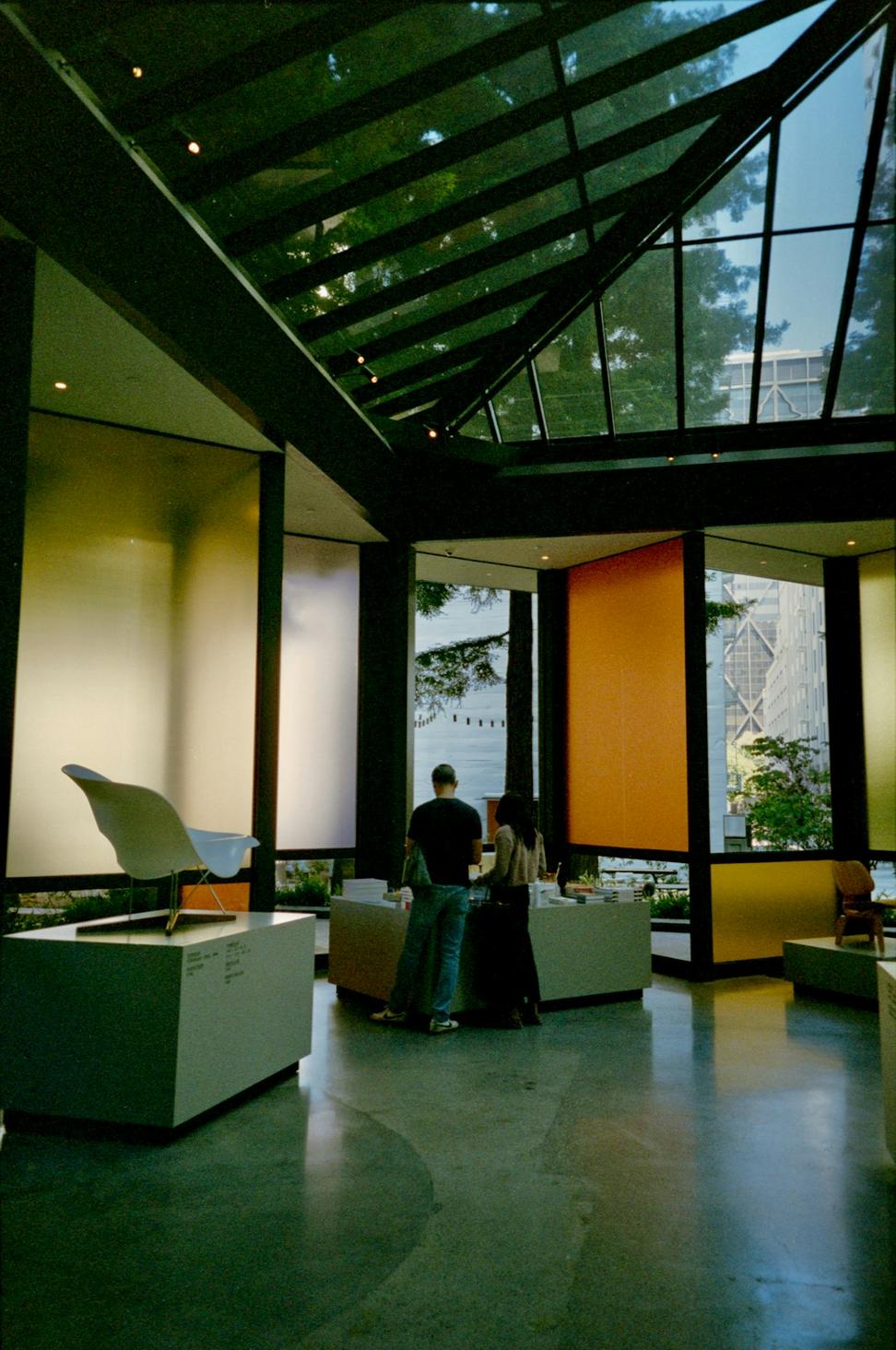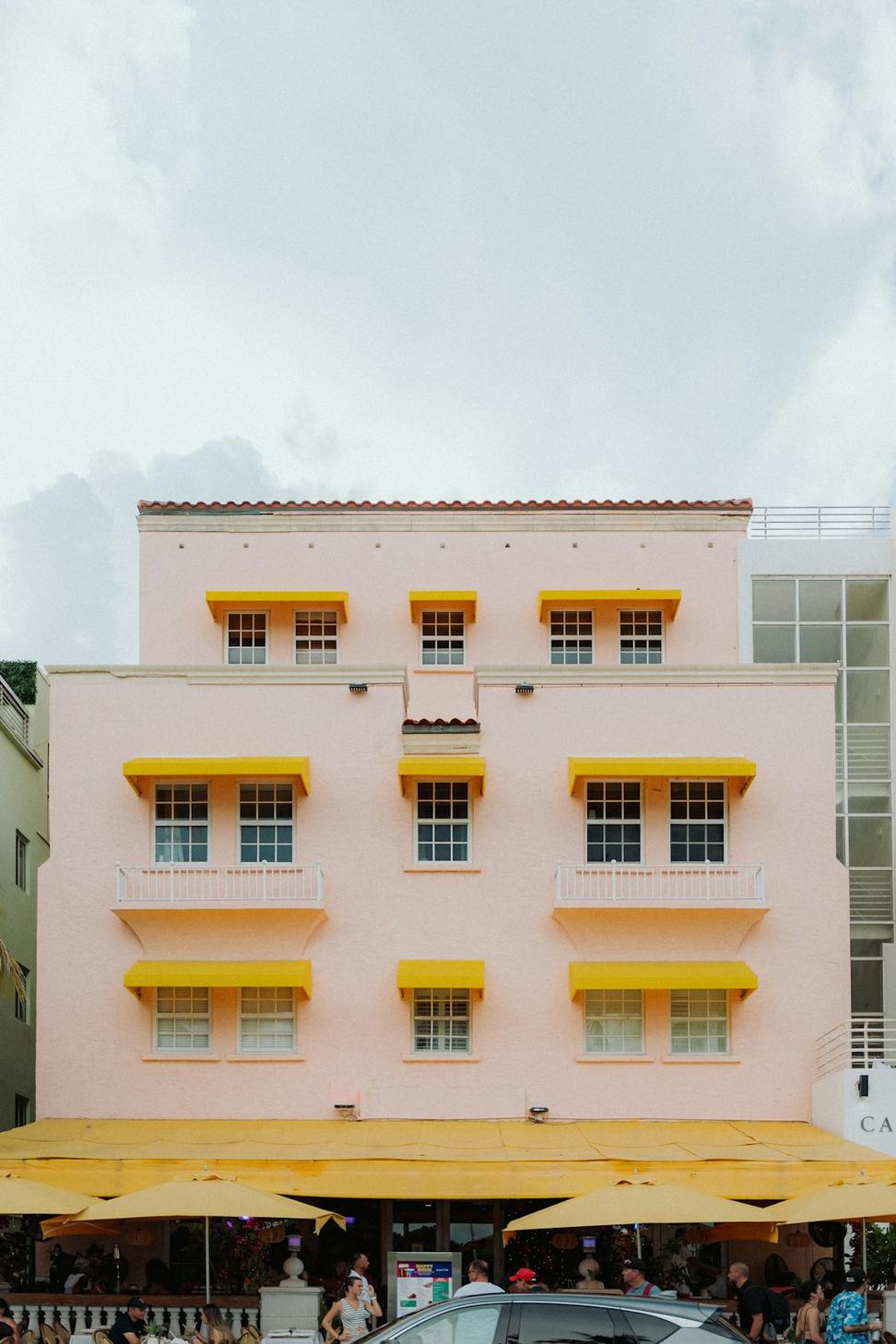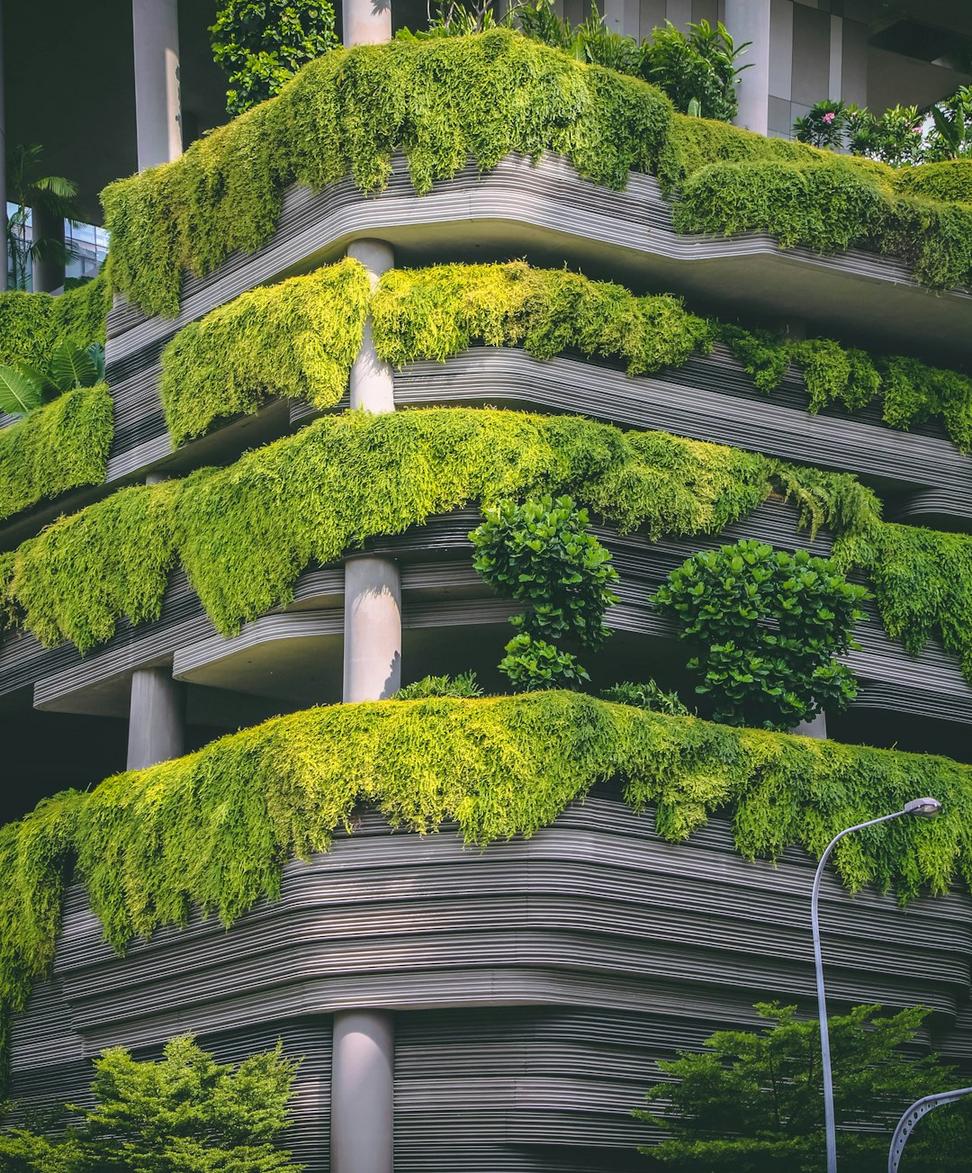Why We're All-In on Sustainability
Look, we've been at this for years, and here's what we've learned: good architecture shouldn't cost the earth. Literally. When we started out, "green building" was this niche thing that clients would politely decline because they thought it'd blow their budget. Now? It's just smart design.
Every project we take on starts with one simple question - how can this building give back more than it takes? Sometimes that means geothermal heating, sometimes it's just about orienting windows the right way. The fancy tech is cool and all, but honestly, some of our best solutions come from principles architects have known for centuries.
